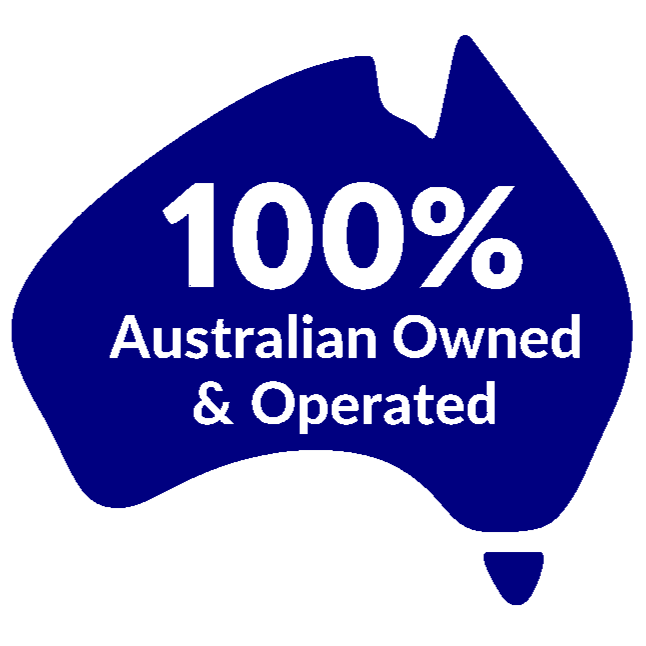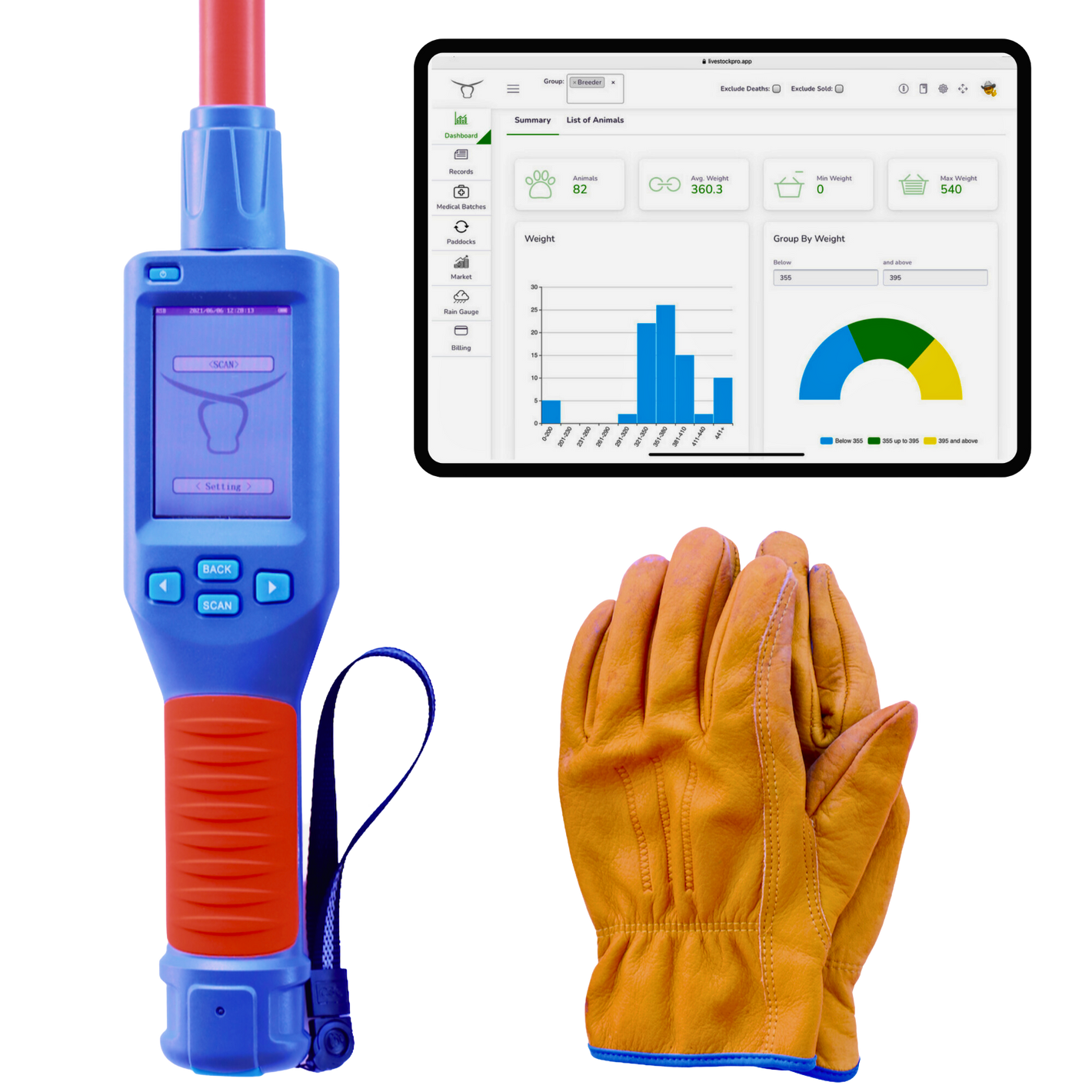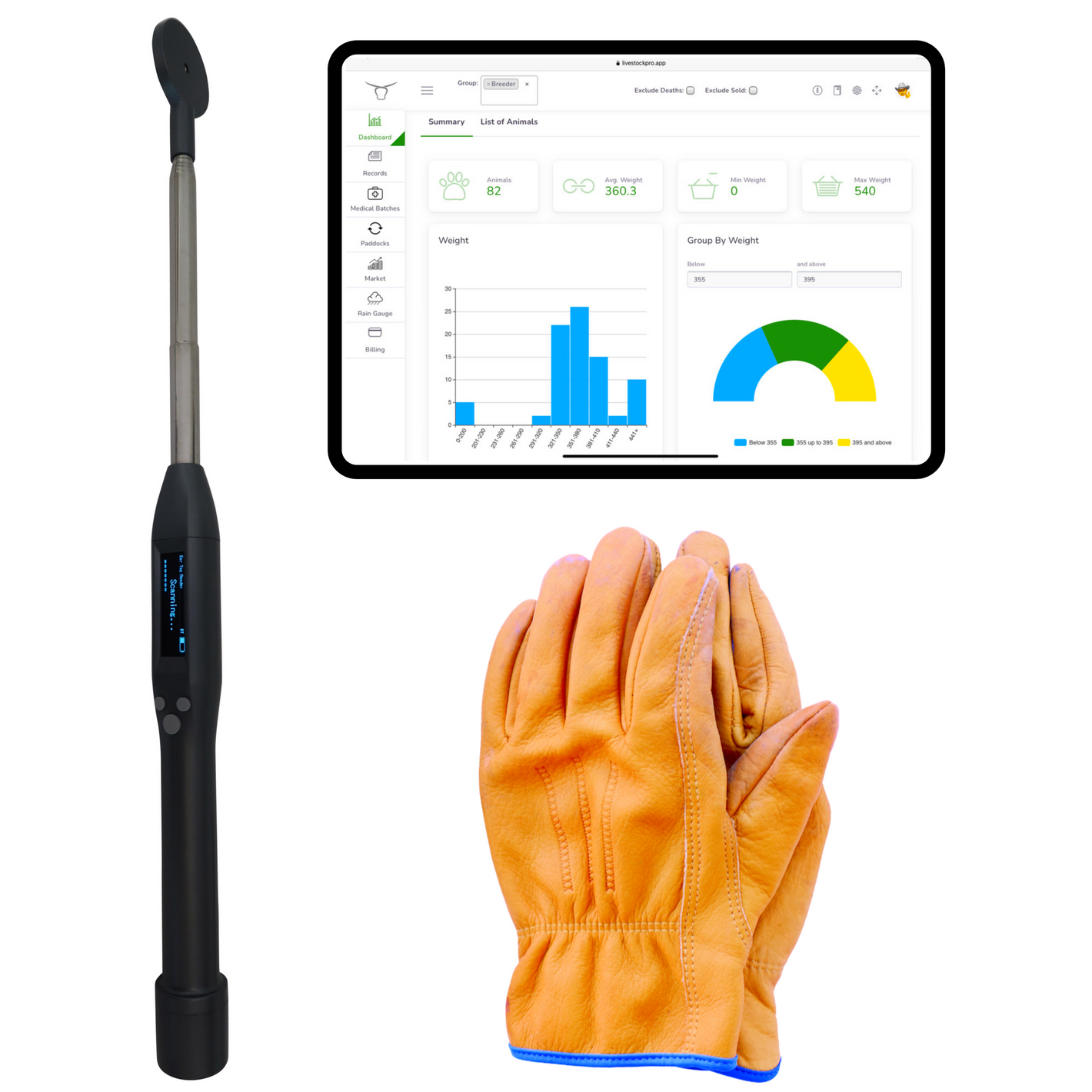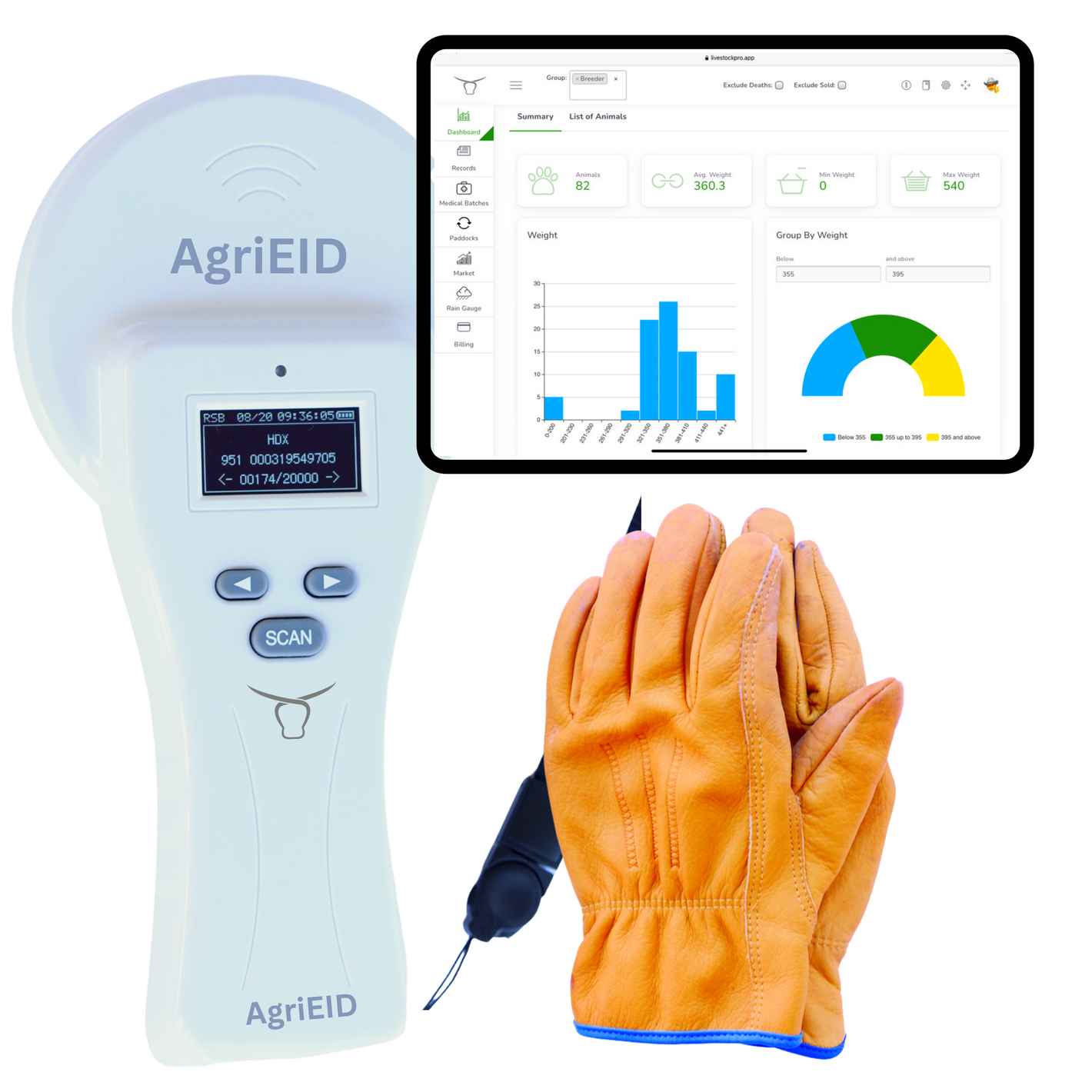The National Livestock Identification System (NLIS) in Australia has a long history of development, tracing its roots to the necessity for improved disease control, food safety, and market access for Australian livestock. Over the decades, the system has evolved from simple identification techniques into one of the world’s most sophisticated traceability systems, ensuring that livestock can be tracked from birth to slaughter, protecting both animal health and the integrity of the food supply chain.
This comprehensive exploration of the NLIS will detail how the system was conceived, the challenges it addressed, its gradual implementation across Australia, and its evolution into the sophisticated system it is today. This journey involves not only technological innovation but also collaboration between farmers, government agencies, and industry bodies to ensure the success and adoption of the NLIS on a national and international scale.
1. Early Days: The Need for Livestock Identification
1.1 Disease Control in Australian Agriculture
Before the formal development of the NLIS system, Australia, like many other agricultural nations, faced significant challenges in managing livestock diseases. The 20th century saw outbreaks of various diseases, including foot-and-mouth disease (FMD) and bovine spongiform encephalopathy (BSE), which significantly affected global agriculture. Though Australia remained free from major outbreaks of these diseases, the need for a systematic approach to traceability became evident in the early 1990s.
- Historical Context: Livestock diseases have always been a concern, but the global nature of the meat trade and Australia’s position as a major exporter made disease control a national priority. Even isolated incidents could potentially disrupt the entire industry.
- Case Study: The UK BSE Crisis (1990s): Australia, watching the devastation caused by BSE in the United Kingdom, realized that having a means of tracing livestock could prevent such catastrophic economic and health impacts. This incident highlighted the critical need for biosecurity systems that could quickly trace animals, manage quarantines, and control outbreaks.
2. First Steps: Establishing Traceability in Australian Agriculture
2.1 Early Identification Systems (1960s – 1980s)
Before the establishment of the NLIS, Australian farmers used basic forms of animal identification such as branding, ear tagging, and notching to distinguish livestock. These methods, while effective for individual herd management, were not scalable at a national level for traceability and disease prevention.
- Branding: A traditional method where hot iron brands were used to mark ownership. Although useful for identifying livestock ownership, branding lacked the ability to record vital information such as an animal’s health, movement, or history.
- Ear Tags: Introduced in the 1970s, ear tags provided a basic form of identification. Farmers could use them to number cattle, but they were not electronically linked to any database, limiting their usefulness for large-scale traceability.
Despite these early efforts, it was clear by the 1980s that more advanced technology would be required to manage disease prevention, food safety, and export requirements effectively.
2.2 Development of EID Technology
The development of Electronic Identification (EID) technology in the late 1980s and early 1990s provided the foundation for the modern NLIS. Early versions of radio-frequency identification (RFID) technology, which would later become a core feature of NLIS, began to emerge.
- 1992: Australia began experimenting with RFID technology, recognizing its potential for automating the process of livestock identification. This early version of electronic identification allowed farmers to track individual animals more effectively than previous manual methods.
3. The NLIS Timeline: Key Milestones in the Development of Livestock Traceability
The formal development of the NLIS system took place over several years, with incremental steps designed to address specific challenges within the livestock industry. Below is a timeline highlighting key milestones:
3.1 1999: The Creation of NLIS
- Concept Launch: The National Livestock Identification Scheme was officially introduced in 1999 as a pilot program in Victoria, Australia. Its primary goal was to create a framework for identifying cattle through RFID technology.
- Initial Focus: The initial rollout was primarily aimed at cattle identification, with the goal of enhancing disease control measures and ensuring compliance with domestic and export market requirements.
3.2 2002: National Expansion
- Adoption Across States: By 2002, the success of the pilot program in Victoria led to the national expansion of NLIS. The system became mandatory for all cattle producers across Australia.
- Centralized Database: A centralized database was introduced, where all livestock movements could be recorded and tracked electronically. This database formed the backbone of the NLIS system, allowing real-time tracking of animal movements across states and territories.
3.3 2005: Extending NLIS to Sheep and Goats
- Sheep and Goats: Recognizing the need for similar traceability in other livestock sectors, the NLIS system was expanded in 2005 to include sheep and goats. Unlike cattle, where RFID tags were mandatory, the use of RFID for sheep and goats remained voluntary, although visual ear tags were required.
- Food Safety and Biosecurity: This expansion was driven by the same concerns that had prompted the creation of NLIS for cattle—ensuring food safety, disease control, and compliance with export standards.
3.4 2012: Technological Advancements
- Upgrading Technology: As RFID technology advanced, so too did the capabilities of the NLIS system. By 2012, the system was upgraded to include advanced readers, better data synchronization, and more user-friendly software.
- Integration with Farm Management Systems: The introduction of farm management software, such as AgriEID, allowed farmers to integrate NLIS data with their own farm management practices, streamlining the process of tracking livestock health, weight, and breeding records.
3.5 2016: Mandatory RFID for Sheep and Goats in Victoria
- Victoria Leads the Way: In 2016, the state of Victoria became the first jurisdiction in Australia to mandate the use of RFID tags for sheep and goats. This was a significant step in ensuring complete traceability for all livestock species.
3.6 2021: National RFID Compliance for Sheep and Goats
- A Unified System: By 2021, RFID tags became mandatory for all sheep and goats moving through the supply chain, ensuring that the entire livestock industry was now covered by the NLIS system. This marked the full implementation of NLIS across all major livestock sectors in Australia.
4. The Modern NLIS: How It Works Today
Today, the NLIS system is an integral part of Australia’s agricultural infrastructure, allowing farmers, regulators, and industry bodies to track livestock movements, manage biosecurity risks, and ensure compliance with domestic and export standards. The modern system relies on advanced RFID technology, smart readers, and cloud-based databases to ensure seamless and accurate tracking of livestock.
4.1 Key Features of the Modern NLIS System
- RFID Tags: Each animal is equipped with an RFID tag, which contains a unique identification number. These tags allow for quick and accurate scanning, reducing the labor involved in manual identification.
- Smart Readers: NLIS tags are read using electronic readers, which instantly record the animal’s identification number, movement details, and other relevant data.
- Centralized Database: All animal movements and transactions are logged in a national database, allowing authorities to trace the life history of each animal in the event of a disease outbreak or food safety issue.
- Compliance and Reporting: The system ensures that all movements of livestock are reported and compliant with government regulations, enabling Australia to maintain its reputation as a producer of safe and high-quality livestock products.
5. Integration of Farm Management Software with NLIS
As technology has advanced, so too has the capability of farmers to manage their livestock more efficiently. Farm management software integrated with the National Livestock Identification System (NLIS) has become a game-changer for modern livestock operations. These software platforms allow farmers to not only comply with traceability regulations but also gain deeper insights into the health, productivity, and breeding performance of their animals.
5.1 The Role of Farm Management Software in Modern Farming
Farm management software, such as AgriEID and other similar platforms, allows farmers to centralize all of their farm data in one digital platform. By integrating with NLIS, this software makes it easier to track and monitor individual animals, automate record-keeping, and make data-driven decisions that can improve the overall performance and profitability of the farm.
- Seamless Data Integration: Farm management software can automatically sync data from smart NLIS tag readers. When an animal is scanned, its movement, health, and weight data are recorded and stored in the system without the need for manual input.
- Tracking Key Metrics: Farmers can track a wide range of metrics, including weight gains, vaccination schedules, breeding records, and more. This gives them a clearer picture of their herd’s performance and health.
- Compliance Made Easy: Compliance with NLIS regulations can be complex, especially for larger farms with thousands of animals. Farm management software simplifies the process by automatically logging all relevant data, generating reports, and ensuring that all animals are accounted for in the national traceability system.
5.2 How NLIS and Farm Management Software Work Together
The NLIS system provides the foundation for animal identification and movement tracking, while farm management software builds on this by offering a more comprehensive view of each animal’s life cycle. Below is a breakdown of how these two systems complement each other:
- NLIS: Tracks animal movements across properties, ensures compliance with national regulations, and enables rapid disease traceability.
- Farm Management Software: Adds additional layers of functionality, such as weight tracking, health monitoring, breeding data, and financial performance analysis.
5.3 Benefits of Using NLIS with Farm Management Software
1. Improved Decision-Making
With access to real-time data on the performance and health of each animal, farmers can make informed decisions that improve the efficiency and profitability of their operations. For example, a farmer can use weight tracking data to adjust feed schedules and ensure that animals are reaching their target weights in time for sale.
2. Reduced Labor Costs
By automating data collection and record-keeping, farm management software significantly reduces the amount of manual labor required to manage livestock. This allows farmers to allocate their resources more efficiently and reduce the time spent on administrative tasks.
3. Better Health Monitoring
Farmers can track the health records of individual animals, ensuring that vaccinations and treatments are administered on time. This leads to healthier herds, fewer disease outbreaks, and lower veterinary costs.
4. Streamlined Reporting
Farm management software makes it easy to generate compliance reports and share data with regulatory bodies or industry stakeholders. This is particularly important for farmers who need to meet the stringent reporting requirements of export markets.
6. The Impact of NLIS on Biosecurity and Food Safety
The National Livestock Identification System (NLIS) has had a profound impact on improving biosecurity and food safety within Australia’s livestock industry. By providing comprehensive traceability of livestock movements, the NLIS system plays a critical role in preventing and managing disease outbreaks, ensuring the integrity of the food supply chain, and maintaining Australia’s reputation as a producer of high-quality, safe food products.
6.1 Biosecurity: Protecting Australia’s Livestock Industry
Australia has been relatively fortunate in avoiding some of the most devastating livestock diseases, such as foot-and-mouth disease (FMD) and bovine spongiform encephalopathy (BSE). However, the country’s reliance on livestock exports means that maintaining strong biosecurity measures is essential for preventing outbreaks that could cripple the industry.
- Disease Control and Prevention: The NLIS system allows authorities to trace the movements of individual animals in real time. In the event of a disease outbreak, affected animals can be quickly identified, isolated, and removed from the supply chain, preventing the spread of disease and minimizing the economic impact on the industry.
- Quarantine Measures: In the case of suspected diseases, the NLIS system enables rapid quarantine of affected farms or regions, reducing the risk of a wider outbreak. By tracing animal movements, authorities can pinpoint where the disease originated and limit its spread to other areas.
6.2 Enhancing Food Safety and Quality
Food safety has become an increasingly important concern for consumers, both in Australia and in export markets. The ability to trace livestock from farm to fork is essential for ensuring the safety of meat products and maintaining consumer confidence.
- Product Traceability: NLIS ensures that every animal can be traced back to its origin, allowing authorities to quickly respond to any food safety concerns. If a problem is detected with a batch of meat, the NLIS system can identify the specific animals involved and remove them from the market.
- Meeting Export Standards: Many international markets, particularly in Asia and Europe, have stringent requirements for food safety and traceability. The NLIS system allows Australian livestock products to meet these standards, ensuring that farmers can continue to access these lucrative markets.
6.3 Case Study: How NLIS Helped Control a Disease Outbreak
In 2007, Australia faced an outbreak of equine influenza, a highly contagious disease that threatened the country’s horse population. Although not part of the traditional livestock industry, this outbreak served as a test case for the effectiveness of traceability systems like NLIS.
- Rapid Response: Thanks to the traceability infrastructure already in place, authorities were able to quickly track the movements of infected horses, isolate affected areas, and implement biosecurity measures to prevent the spread of the disease.
- Economic Impact: The NLIS-like traceability system for horses saved the industry billions of dollars by preventing a widespread epidemic. This case highlighted the importance of having a robust traceability system in place for all livestock species.
7. Case Studies: Real-World Benefits of NLIS for Farmers
Case Study 1: Disease Prevention on a Large-Scale Cattle Farm
Farm: Green Meadows Cattle Farm, Northern Queensland
Challenge: Green Meadows faced a potential disease outbreak when cattle from a neighboring farm were found to have contracted bovine tuberculosis. Without a system to track the movements of their livestock, Green Meadows risked contamination.
Solution: The farm had implemented the NLIS system with integrated RFID tags and farm management software, allowing them to quickly identify which cattle had come into contact with the infected herd. Using the NLIS system, they were able to isolate the potentially infected cattle and prevent the spread of the disease to the rest of the herd.
Results:
- The outbreak was contained, and Green Meadows was able to avoid costly culling measures.
- The farm saved an estimated $200,000 in lost livestock and treatment costs.
Case Study 2: Improving Breeding Programs Through NLIS Data
Farm: Silver Ridge Sheep Farm, Victoria
Challenge: Silver Ridge wanted to improve the genetics of their flock but struggled with tracking the performance of individual sheep within their breeding program. Without reliable data, they were unable to optimize breeding pairs effectively.
Solution: By integrating the NLIS system with their farm management software, Silver Ridge was able to track the breeding history, growth rates, and health outcomes of each sheep. Using this data, they were able to identify the best-performing sheep and make informed decisions about which animals to breed.
Results:
- The farm saw a 15% increase in lamb growth rates within two breeding cycles.
- Genetic improvements resulted in higher quality wool and better market prices for their lambs.
Case Study 3: Enhancing Market Access Through NLIS Compliance
Farm: Hillside Cattle Exporters, Western Australia
Challenge: Hillside wanted to expand their business by exporting beef to premium markets in Japan and South Korea. However, these markets required full traceability of livestock, which the farm could not provide with their existing system.
Solution: Hillside implemented the NLIS system across their entire operation, equipping each animal with RFID tagsand using digital readers to track their movements. This allowed them to meet the strict traceability requirements of their target markets.
Results:
- Hillside was able to secure export contracts with Japanese and South Korean buyers, increasing their revenues by 20%.
- The farm achieved higher prices for their beef products due to the enhanced traceability and quality assurance provided by the NLIS system.
8. Future Advancements in Livestock Traceability and Global Adoption
The NLIS system has set a global standard for livestock traceability, and its success has encouraged other countries to adopt similar systems. Looking ahead, the future of livestock traceability will likely see continued advancements in technology, data analytics, and global collaboration.
8.1 Advancements in RFID Technology
As RFID technology continues to evolve, we can expect improvements in tag durability, scanning range, and data storage capacity. New generations of RFID tags may include additional sensors that can monitor an animal’s health, temperature, and activity levels, providing even more data for farmers to manage their herds effectively.
8.2 Blockchain for Traceability
Blockchain technology is being explored as a potential solution for enhancing transparency in the livestock supply chain. By using blockchain, every transaction and movement of an animal can be permanently recorded in a decentralized, tamper-proof system. This could further improve the accuracy and security of livestock traceability systems like NLIS.
8.3 Global Adoption of Traceability Systems
Countries like the United States, Canada, and Brazil are beginning to implement their own livestock traceability systems, inspired by the success of Australia’s NLIS. These systems will help improve global biosecurity, ensure food safety, and provide consumers with greater confidence in the products they purchase.
9. Q&A: Addressing Common Concerns About NLIS Implementation
Q1: Is the NLIS system mandatory for all farmers in Australia?
Answer: Yes, the NLIS system is mandatory for all cattle, sheep, and goat producers in Australia. Farmers must ensure that all livestock are tagged with RFID tags and that their movements are recorded in the NLIS database.
Q2: How difficult is it to implement the NLIS system on a farm?
Answer: Implementing the NLIS system is relatively straightforward, especially with the availability of user-friendly tools like smart readers and farm management software. Support is also available from industry bodies and NLIS experts to help farmers get started.
Q3: What are the costs associated with adopting NLIS?
Answer: The cost of adopting the NLIS system includes purchasing RFID tags, readers, and any associated software. However, the long-term benefits, including improved traceability, better herd management, and access to premium markets, far outweigh the initial investment.
Q4: Can I use NLIS data to improve the performance of my herd?
Answer: Absolutely. The NLIS system provides valuable data on livestock movements, health, and performance. By analyzing this data, farmers can make data-driven decisions that improve breeding outcomes, optimize feeding schedules, and enhance overall herd performance.
10. Conclusion: Why NLIS is Essential for the Future of Farming
The National Livestock Identification System (NLIS) has become an indispensable tool for modern farmers in Australia. By providing comprehensive traceability, improving biosecurity, and ensuring compliance with global standards, NLIS has transformed the way livestock are managed. Farmers who embrace NLIS not only protect their herds from disease but also gain access to premium markets and improve their farm’s efficiency and profitability.
As the livestock industry continues to evolve, the NLIS system will play a critical role in ensuring that food safety, animal welfare, and economic sustainability remain at the forefront of global agriculture. For Australian farmers, adopting and fully utilizing NLIS is not just a regulatory requirement—it’s an investment in the future of farming.
This concludes the extended sections for the National Livestock Identification System (NLIS), its benefits, case studies, and future directions. Let me know if you'd like further elaboration or expansion on any specific areas!



